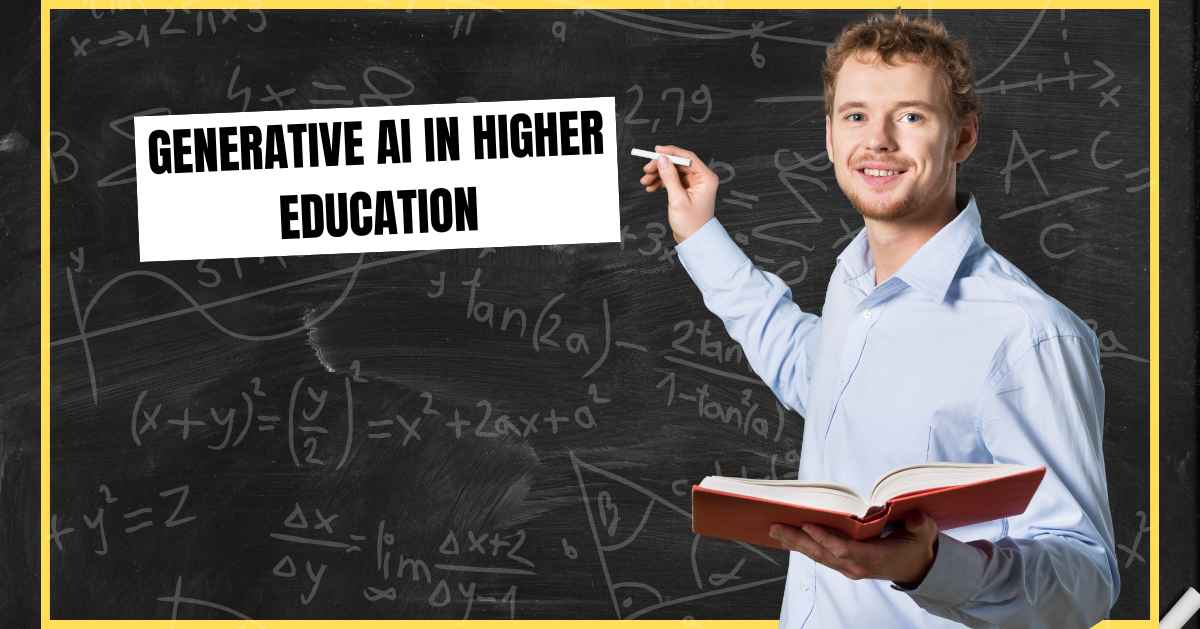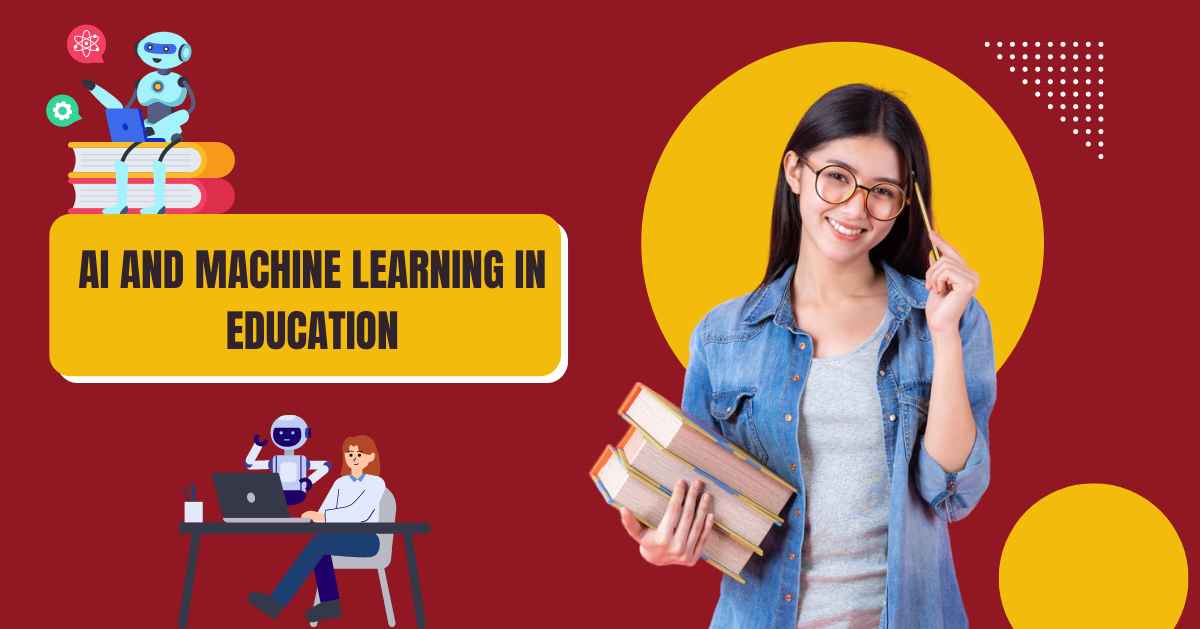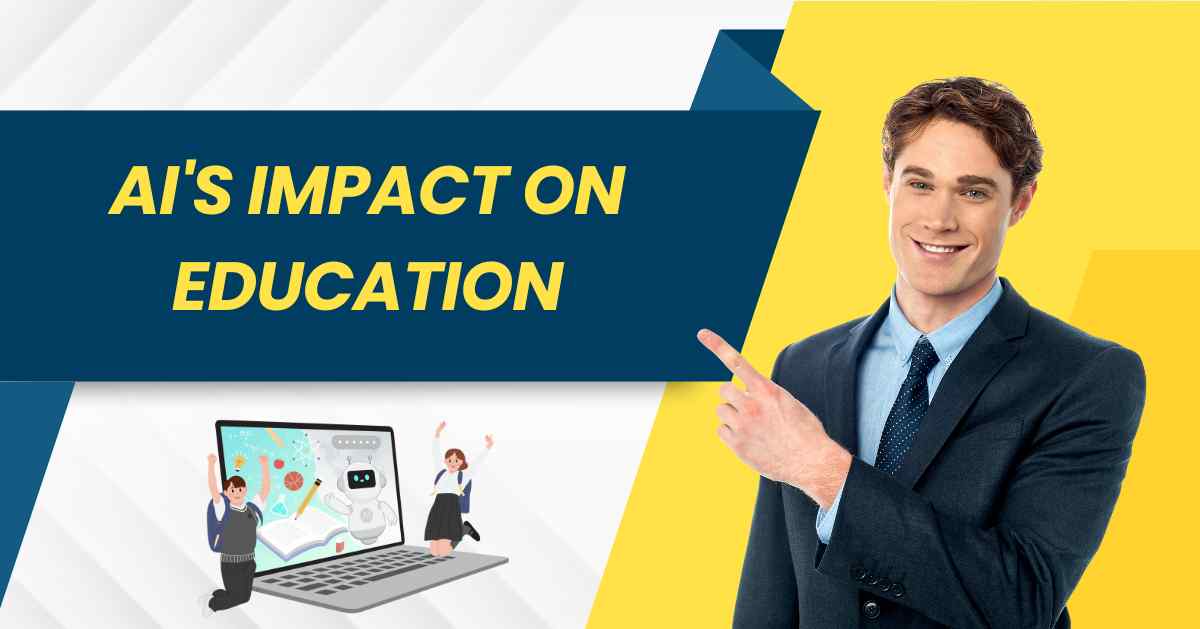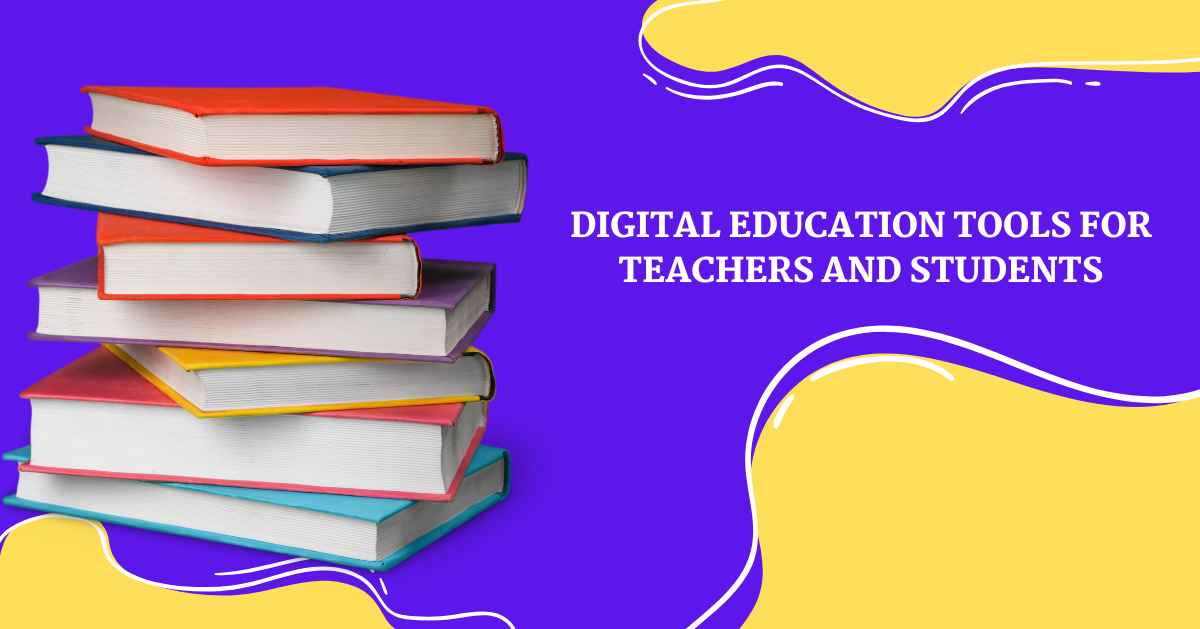Did you know that leveraging generative AI in the field of education has the potential to revolutionize both our learning experiences and teaching methods? This groundbreaking technology can automate the creation of materials, enhancing the learning process significantly.
Generative AI offers a multitude of possibilities within education. Imagine having a tutor that adapts its teaching approach based on your learning pace. Imagine a chatbot that can provide book summaries, suggest teaching methods, and inject more fun into the learning process.
In this article, we will explore the benefits that generative AI can bring to education. Additionally, we will delve into how educational institutions and educators can leverage this technology to enhance the learning experience. Let’s delve deeper into this topic!
[Read More: The Crucial Role of Artificial Intelligence in Modern Education]
Why Use Generative AI in Higher Education?
Using Generative AI in higher education offers many advantages for educators and institutions. Here are some key benefits:
1. Automate Administrative Tasks: Teachers frequently dedicate an amount of time to duties. Utilizing AI can alleviate these responsibilities, allowing educators to focus more on teaching and guiding students. For instance, AI can assist in grading assignments, offering feedback organizing class schedules maintaining student records responding to student inquiries, and providing learning materials as needed.
2. Boost Educator Productivity: AI tools that generate content can assist in crafting and arranging materials, simplifying the process for teachers to design tailored resources, tests, and instructional strategies. This boosts efficiency, enabling educators to concentrate on enhancing their teaching approaches and interacting with students.
3. Enhance Teaching Outcomes: Educators can utilize AI to review student performance data and modify course material as needed. Additionally, AI can recommend teaching techniques, refine instructions, and pinpoint areas where educational methods may be lacking. These efforts contribute to enhanced student retention rates and the cultivation of thinking abilities.
4. Save Time and Money: Institutions can benefit from using AI to streamline tasks and cut expenses. By employing AI-driven analytics, they can pinpoint areas of inefficiency or resource misuse, leading to budget management and resource allocation.
5. Improve Collaboration: Generative artificial intelligence has the potential to improve teamwork, between teachers and scholars. By analyzing research interests, AI models can recommend partners propose academic resources, and facilitate the initiation of joint projects. This fosters creativity, in research endeavours. Enhances the quality of interactions.
6. Eliminate Bias: AI has the potential to minimize biases in materials and evaluations. By using AI-powered grading systems, assignments can be evaluated fairly, lessening the chances of influences. Schools can also teach AI algorithms to detect and eliminate biases in learning materials, guaranteeing that education remains equitable and welcoming to all students.
The Future of AI in Higher Education
Soon, smart computers (AI) will change college a lot. They’ll make learning just for you, fitting what you need and want. AI tutors will offer instant help, making learning more efficient. Virtual reality classrooms will enhance engagement and understanding. AI will aid in research, analyzing vast amounts of data quickly. Also, it will make office work easier, giving teachers more time. In total, AI will help more people learn better, making the future brighter for everyone.
[Read More: Why AI is Bad for Education: Unveiling the Dark Side of Artificial Intelligence]
10 Ways Generative AI Can Revolutionize Higher Education
Now that we know the benefits of using Generative AI in higher education, let’s explore some practical examples where this innovative technology can make a real difference.
1. Creating Curricula: Educational technology powered by AI can assist teachers, in developing and revising course content by generating materials such as textbooks, lecture notes, and assignments customized for particular classes.
2. Student Support Chatbots: AI-driven chatbots, with capabilities, can provide help to students by addressing their questions, assisting them in navigating course materials, and even supporting them with homework tasks.
3. Personalized Learning Paths: Generative AI can tailor learning paths based on students’ performance data, catering to needs and enhancing the learning journey.
4. Text Summarization: Generative artificial intelligence can condense information, from dense texts into summaries, which helps educators save time and effort.
5. Translation and Transcription: AI models that generate content can translate text across languages and transform the text into formats, thus increasing the accessibility of materials, for students, with varied backgrounds.
6. Virtual Tutoring: AI technology can help streamline teaching by generating tailored learning resources and offering responses, to learners.
7. Research Assistance: Generative artificial intelligence has the potential to make literature reviews and data analysis efficient, assisting educators in developing hypotheses and guiding their research endeavours.
8. Virtual Labs and Simulations: Generative artificial intelligence has the potential to create laboratories and simulations offering immersive learning opportunities unrestricted by physical limitations.
9. Professional Development: Generative artificial intelligence can develop customized materials, for teachers, assisting them in enhancing their teaching methods and embracing professional growth.
10. Automated Assessment: AI can help with grading by analyzing student work and giving feedback to improve learning results.
Conclusion:
AI-generated text detectors are transforming the landscape of education by providing creative ways to improve learning and teaching interactions. Through the automation of processes, customization of learning journeys, and encouragement of teamwork, it enables teachers and schools to adjust to the changing requirements of students, in the era of advancements leading to transformations.
FAQs
Generative AI enhances personalized learning, aids in content creation, and facilitates research advancements.
AI can be used for adaptive learning, grading automation, student support, and research assistance.
Generative AI tools for education create content like quizzes, essays, and simulations tailored to individual learning needs.
AI will likely play a larger role in personalized learning, curriculum development, and administrative tasks, transforming the educational landscape.
AI offers personalized learning experiences, improves academic performance, and provides access to advanced research tools.





